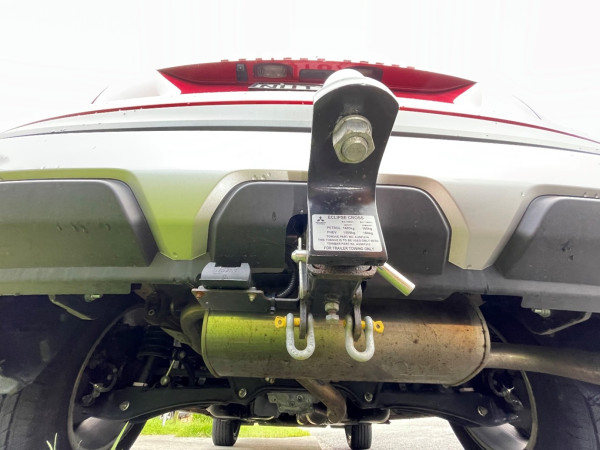Drawbeams and drawbars standard under revision
Whether you drive with a towbar pulling a simple trailer or a tractor with couplings and heavy loads NZS 5446 is one of those standards that perfectly illustrates how standards permeate and impact on everyday items.

A simple towbar for trailers
The current NZS 5446:2007 Heavy vehicle towing connections - Drawbeams and drawbars establishes design, manufacture, installation, testing, maintenance, repair, and certification criteria necessary to ensure that a secure connection can be maintained between towing vehicles and drawbar trailers. Although primarily covering applications incorporating pin or hook type couplings, this standard also applies to other types of couplings covering both rigid and hinged drawbars.
The towing of heavy loads plays a fundamental part of New Zealand’s distribution network and service and a popular addition for many private car owners. Most New Zealanders give little thought to the individual components that make up the necessary tools and appliances that are part of the bigger system. When drawbeams, drawbars and couplings are designed, constructed and installed to standard they should perform as intended. Should the standard of manufacturer and install be below standard, there could be a genuine risk to life should a load break free during transport.
Hence NZS 5446:2007 is reference under Land Transport Rule: Vehicle Dimensions and Mass 2016 is a mandatory standard to follow in the installation of drawbeams, drawbars and couplings.
You can find more about the regulation at New Zealand Transport Agency / Waka Kotahi - Towing connections(external link)
Waka Kotahi/New Zealand Transport Agency is working with Standards New Zealand to give NZS 5446 its first update in 16 years.
Working with our partnership model
This project is utilising our partnership model, which sees Standards New Zealand provide our project management oversight and the revision process and outcome go through our independent Standards Approval Board for robust checks and balances. However, the partnership model allows Waka Kotahi to utilise their own in-house resource to manage part of the project and reduce costs while meeting the same outcomes – an updated and revised New Zealand standard. We encourage the partnership model where agencies’ budgets for full project management might fall short.
This project has just commenced the development phase with the first committee meeting held on 27 January 2023 and the second meeting early March. The committee will continue to meet over the coming months with the modification by revision expected to be completed and published by December 2023.
